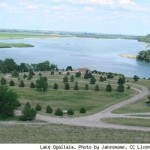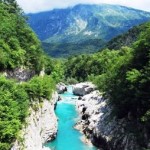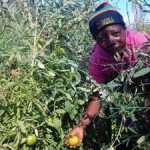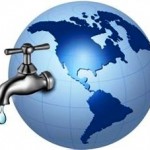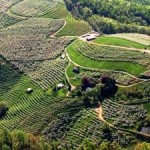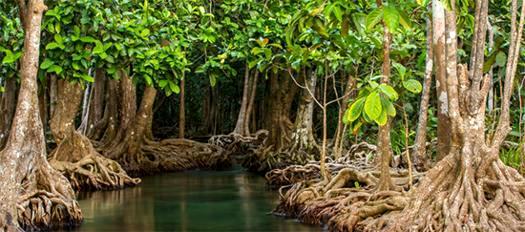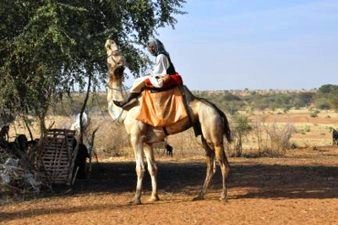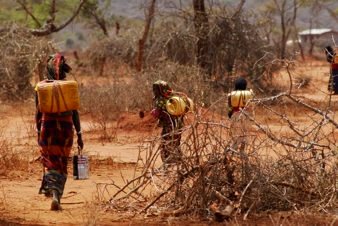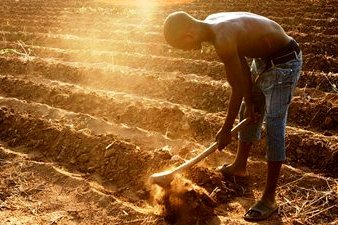Kinshasa / Geneva – UNEP has initiated a water scheme in Kinshasa, Democratic Republic of Congo (DRC) that aims to protect the Lukaya River Basin that supplies almost 380,000 Kinshasa residents with safe drinking water.
The project builds on the recommendations of UNEP’s Post Conflict Environmental Assessment (PCEA) of the DRC – the full version of which was made available online in November 2012 – that identified 13 major “hot-spots” of environmental degradation in and around urban centers in the country. Much of the environmental pressure is due to rapid population growth and unplanned development in urban areas that are also extremely poor and have inadequate basic infrastructure and local services.

The innovation of the pilot project – that will implement a practice called Integrated Water Resources Management (IWRM) – lies in the fact that it is the communities themselves who will lead the dialogue and coordination process, assess and reconcile water needs and set the priorities for effective water management accordingly. State and local authorities will also be engaged to help build capacity and disseminate the experience in other parts of the country.
Indeed, one of the Millennium Development Goals is to halve, by 2015, the proportion of the population without sustainable access to safe drinking water.
A key concern in Lukaya is that the state-run water treatment plant needs to protect the drinking water it provides to Kinshasa residents, but the activities of local enterprises such as farms (poultry, fish and agriculture), and sand and gravel quarries in the 350 km2 area have a major impact on water quality. The IWRM process creates a platform for communities and private entrepreneurs to decide on water priorities and implement practical measures to protect the water supply, which in this case comes from the Lukaya River. Practical actions can include planting buffer zones and silt traps along the river and near the water treatment plant to improve water quality by reducing sedimentation and mitigate flood risks, in addition to more effective use and management of land to protect the water supply.
The aim is to expand this pioneering project, funded jointly by the European Union and the United Nations to other parts of DRC, specifically in the Kivus and Katanga provinces. Investments needed are expected to be upscaled to circa US $ 10 million over a five-year period.
UNEP partners in DRC with the DRC Ministry of the Environment, the state-owned public water company REGIDESO and local associations. On a regional level, UNEP works with the river basin organization CICOS (International Commission for the Congo-Oubangui-Sanga Basin).
This project is part of UNEP’s DRC Country Programme which was officially endorsed by the DRC Ministry of Environment in October 2012.
Source: UNEP.
Notes:
The Post Conflict Environmental Assessment (PCEA) focuses on the most urgent environmental and natural resource management issues confronting DRC, including the links between conflict and natural resources, the environmental impacts of population displacement, forestry resources, protected areas, water resources, fisheries, climate change, mining and environmental governance. To download the full Post-Conflict Environmental Assessment of the Democratic Republic of Congo (November 2012) go to www.unep.org/drcongo.

